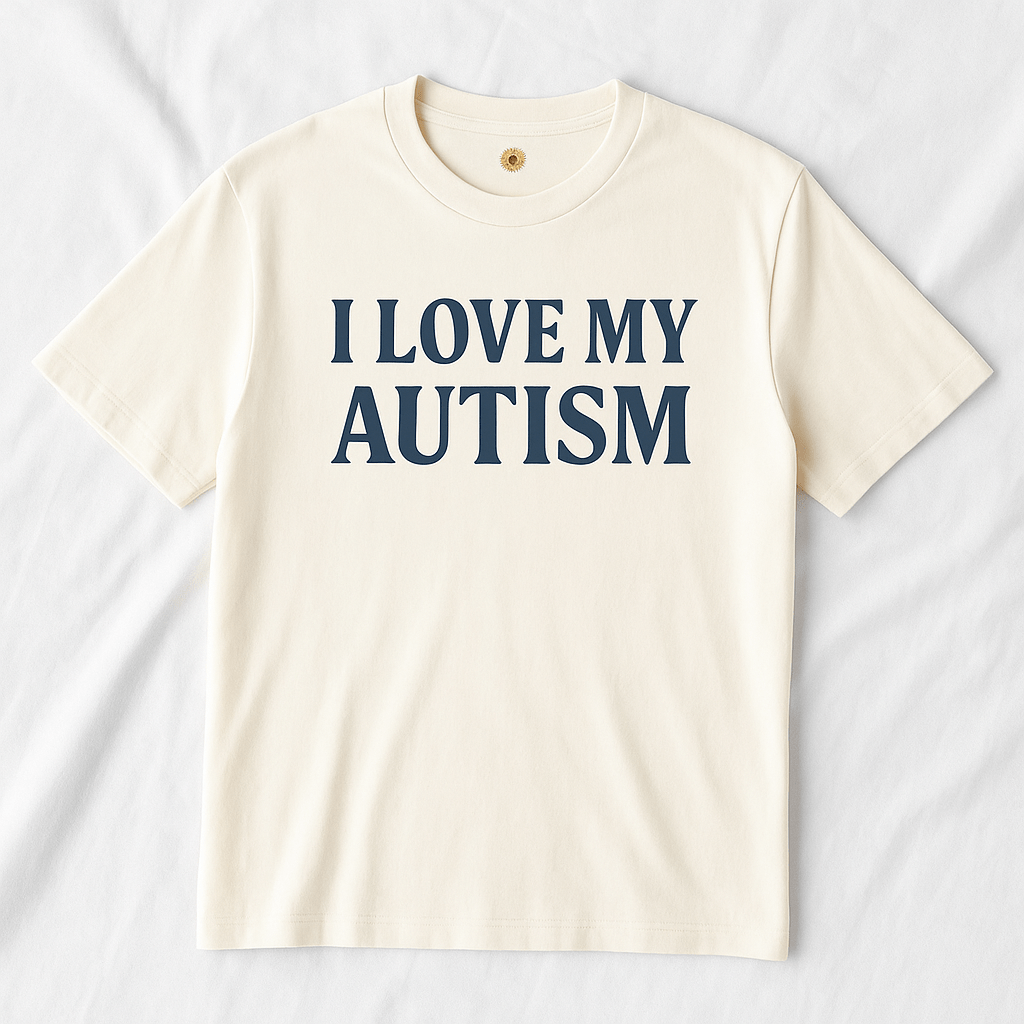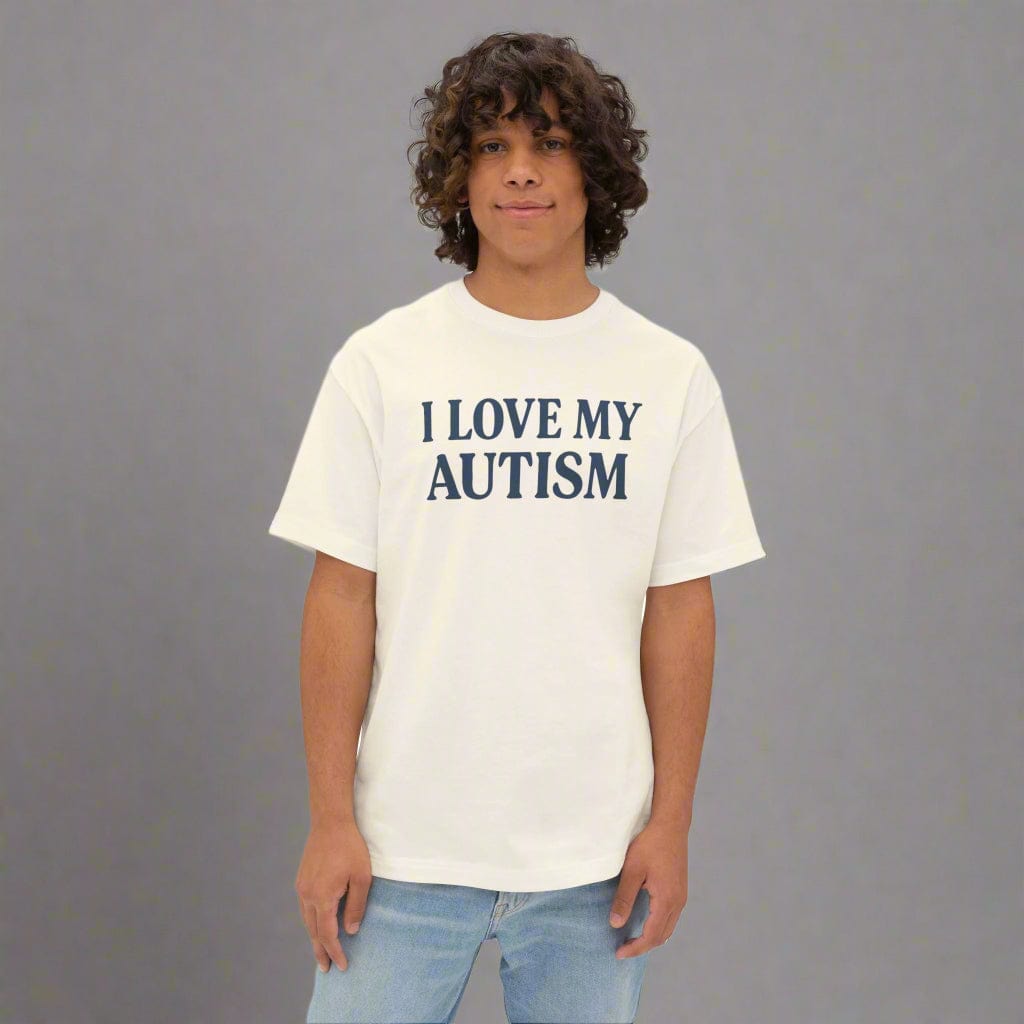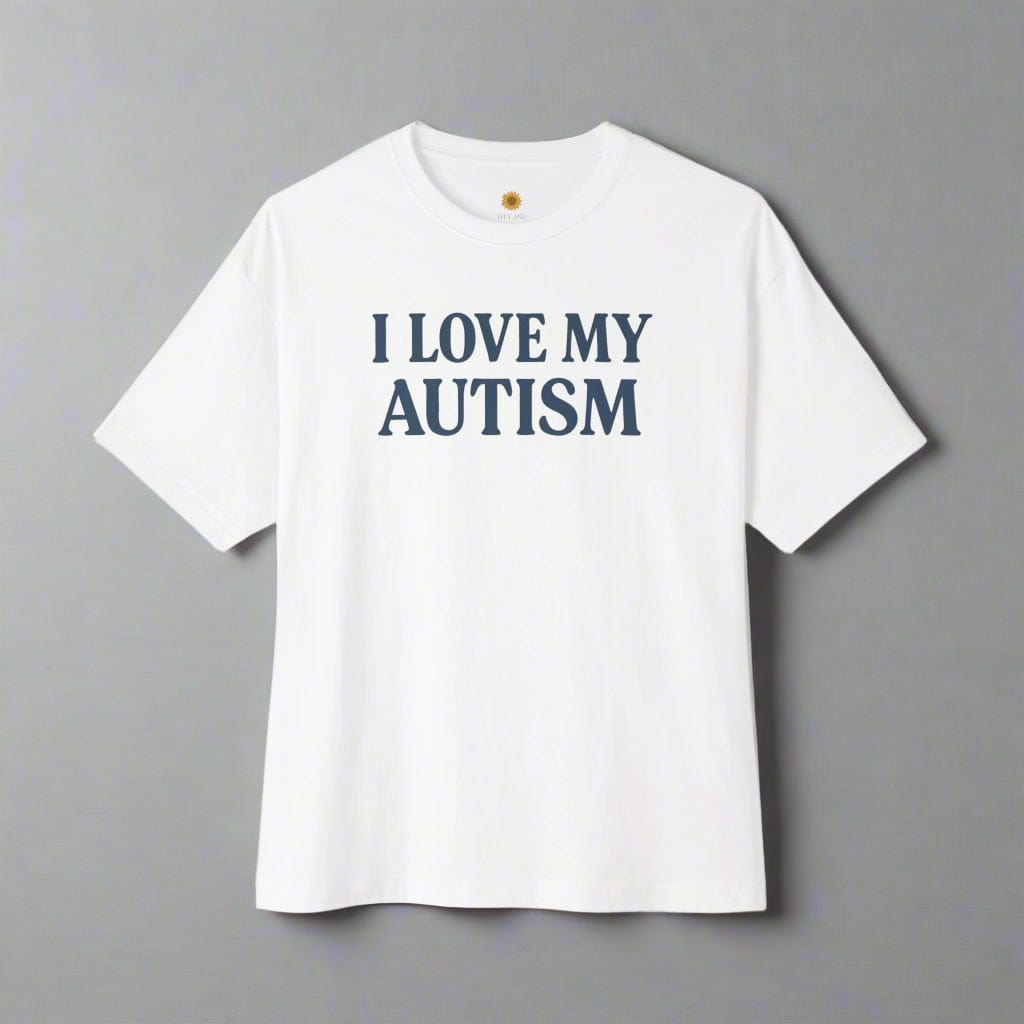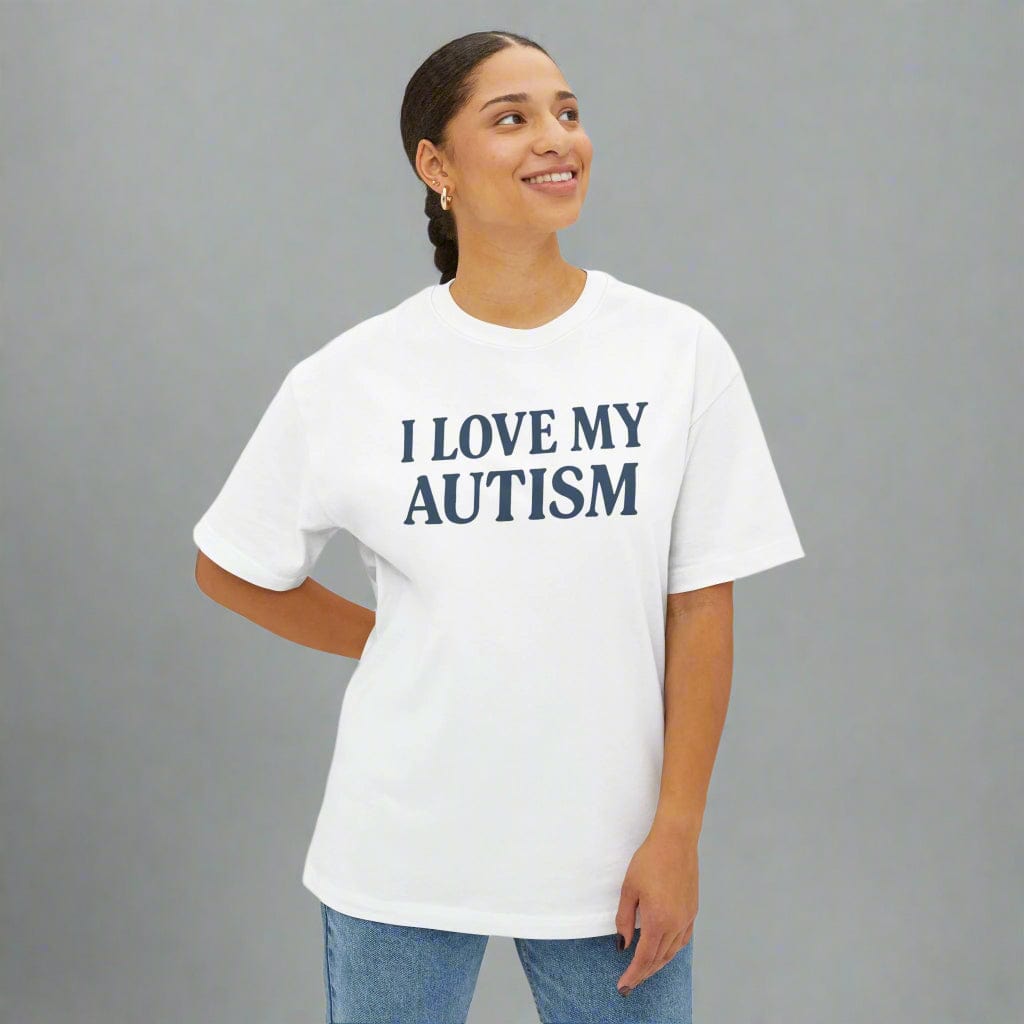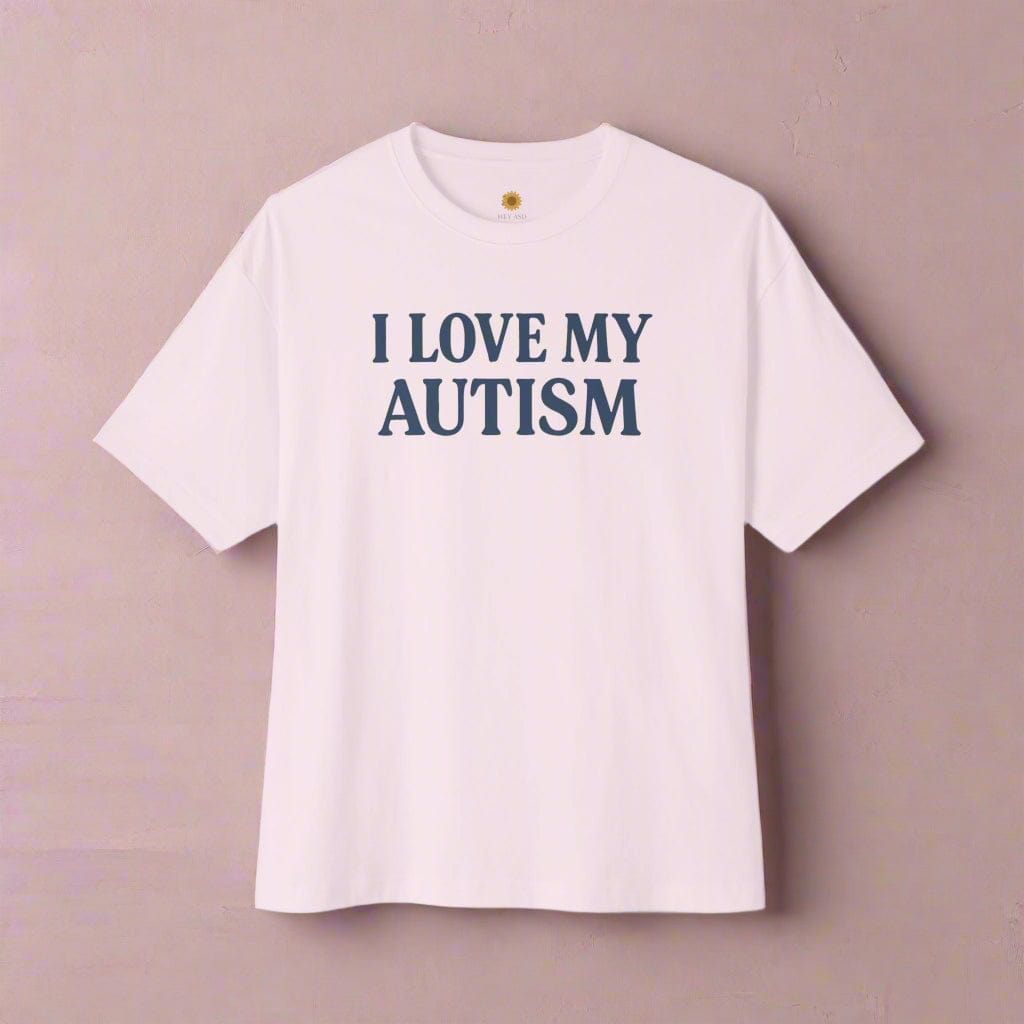Understanding Visual Stimming in Toddlers: Signs, Reasons, and Management

Written by the HeyASD Editorial Team
Visual stimming in toddlers, particularly those with autism, is a behavior characterized by repetitive visual actions that serve as a coping mechanism for sensory overload, a way to reduce anxiety, or a means of expressing frustration. For example, a toddler may engage in side glancing, squinting, or repetitive eye movements as a response to feeling overwhelmed by sensory stimuli. These behaviors may manifest during specific activities or in certain environments where the toddler experiences heightened sensory input, such as bright lights, crowded spaces, or loud noises. Understanding these specific triggers can help caregivers and parents identify the circumstances that lead to visual stimming and subsequently implement strategies to manage and support the child during these situations.
Furthermore, visual stimming can also be a form of self-soothing or comfort-seeking behavior. For example, a toddler may engage in repetitive eye movements when feeling anxious or agitated, using this visual stimulation as a way to calm themselves. This behavior can be a helpful indicator for parents and caregivers to recognize when a child is experiencing heightened emotions, allowing them to provide the necessary support and reassurance. These insights into the reasons behind visual stimming can guide caregivers in developing appropriate strategies to address the toddler's needs and create an environment that supports their comfort and emotional well-being.
Moreover, visual stimming is not always indicative of autism. While it is common in children with autism spectrum disorder, it can also be present in toddlers with other sensory processing disorders. By being aware of this distinction, parents and caregivers can approach visual stimming with a broader understanding, ensuring that the child's unique needs and behaviors are addressed in a supportive and inclusive manner. Understanding the individual nature of visual stimming in toddlers can guide the development of personalized strategies for managing and supporting the child's sensory needs, optimizing their overall well-being and development.
In addition, it's important to recognize the diverse manifestations of visual stimming in toddlers, including behaviors such as side glancing, squinting, and repetitive eye movements, as a way to cope with sensory overload or express frustration. For instance, a toddler may engage in side glancing when confronted with a visually overwhelming environment, such as a crowded and brightly lit space, to reduce the sensory input that can be distressing for them. These behaviors can be an attempt to self-soothe and manage the overwhelming sensory information, highlighting the adaptive nature of visual stimming as a response to environmental stimuli.
It's crucial for parents and caregivers to understand these common signs and behaviors of visual stimming in toddlers. By being observant of these behaviors, caregivers can provide the necessary support and interventions to help toddlers navigate their sensory experiences and reduce the impact of visual stimming on their daily lives. Furthermore, recognizing the specific behaviors associated with visual stimming enables parents and caregivers to implement targeted strategies that address the unique sensory needs of the child, fostering an environment that promotes comfort and emotional well-being.
 Reasons for Visual Stimming in Toddlers
Reasons for Visual Stimming in Toddlers
Visual stimming in toddlers serves as a coping mechanism to manage sensory overload, which can be overwhelming for young children. When toddlers engage in visual stimming, they are often attempting to regulate their sensory experiences by seeking comfort and reducing anxiety. For example, a toddler may repeatedly glance at a spinning mobile or engage in repetitive eye movements when feeling overstimulated in a crowded or noisy environment. These behaviors allow them to create a calming visual rhythm that helps them feel more in control of their surroundings.
Moreover, visual stimming can also be a means for toddlers to express frustration when they are unable to effectively communicate their needs or feelings. For instance, a toddler may squint or cover their eyes when feeling overwhelmed by a situation that they find challenging or distressing. By engaging in visual stimming, toddlers are effectively communicating their internal state and attempting to alleviate their discomfort. Understanding these reasons for visual stimming is essential for parents and caregivers to provide appropriate support and intervention for toddlers who exhibit these behaviors.
Additionally, some toddlers might use visual stimming as a way to seek comfort and self-soothe during times of stress or unease. For instance, a toddler may engage in repetitive eye movements or gaze fixation on certain objects when transitioning to a new environment or encountering unfamiliar stimuli. This self-soothing behavior can provide a sense of familiarity and security for the toddler, helping them navigate challenging situations and regulate their emotional responses. Recognizing the multifaceted nature of visual stimming in toddlers allows for a more comprehensive approach to addressing these behaviors and supporting the children who exhibit them.
It's important for parents and caregivers to acknowledge these reasons for visual stimming in toddlers, as it provides valuable insights into the child's emotional and sensory experiences. By understanding the various motivations behind visual stimming, caregivers can tailor their support and intervention strategies to address the specific needs of the child, promoting their comfort and well-being in diverse situations.
Relation between Visual Stimming and Autism
The relation between visual stimming and autism is a critical aspect to understand, especially for parents and caregivers of toddlers. Visual stimming behaviors, such as side glancing and repetitive eye movements, are common in individuals with autism spectrum disorder. These behaviors are often part of the diagnostic criteria for children with suspected autism, and they can be indicative of underlying medical concerns related to impaired visual processing and diminished ability to track visual information.
For example, a toddler with autism may engage in repetitive eye movements as a way to cope with sensory overload or express frustration. These behaviors can impact their ability to process and integrate visual information, leading to challenges in social interaction, language development, and cognitive skills. Understanding the link between visual stimming and autism can help parents and caregivers recognize the underlying medical aspects of their toddler's behavior, leading to more targeted support and intervention.
Furthermore, by acknowledging the connection between visual stimming and autism, parents and caregivers can work with healthcare professionals to address the specific visual processing challenges their toddlers may face. This may involve exploring biomedical interventions aimed at improving visual processing, which can, in turn, lead to enhanced eye contact, reduced side glancing, and increased opportunities for language, social, and cognitive improvements. By recognizing the relation between visual stimming and autism, parents and caregivers can take proactive steps to support their toddlers in overcoming the challenges associated with these behaviors.
In addition, it's important to consider the impact of visual stimming on the overall development and well-being of toddlers with autism. By understanding the specific challenges associated with impaired visual processing, parents and caregivers can implement targeted strategies to support the child's sensory needs and create an environment that promotes their comfort and emotional well-being. This inclusive approach can contribute to the child's overall development and quality of life, emphasizing the importance of understanding the relation between visual stimming and autism in toddlers.
Management of Visual Stimming in Toddlers
When it comes to managing visual stimming in toddlers, it's important to understand the underlying reasons for these behaviors. This understanding is crucial for devising effective strategies that can support and guide toddlers towards more socially accepted behaviors. One way to manage visual stimming is by providing access to visual stimulation in a controlled and safe manner. For example, offering toys or activities that provide visual input without overstimulating the child can be beneficial in redirecting their behavior.
Additionally, implementing multi-sensory approaches can be helpful in managing visual stimming. This can involve engaging the child in activities that stimulate multiple senses simultaneously, such as playing with textured toys, incorporating music, or introducing activities that involve touch and movement. By engaging multiple senses, the child may find alternative ways to self-soothe and cope with sensory overload, reducing the need for visual stimming.
Furthermore, reducing visual distractions in the child's environment can also aid in managing visual stimming. This may include creating a calm and organized space where the child can engage in activities without being overwhelmed by excessive visual stimuli. By minimizing distractions, the child may feel less inclined to engage in visual stimming behaviors and instead focus on alternative activities.
In addition to these strategies, techniques for managing visual stimming in toddlers can involve incorporating stimming time into their daily schedules, using visual timers to gradually reduce dependency on stimming behaviors, and providing opportunities for the child to engage in other self-soothing activities. It's important to approach the management of visual stimming with patience and understanding, ensuring that the child feels supported and guided towards more adaptive behaviors.
Moreover, biomedical interventions can also play a role in treating visual stimming in toddlers. Focusing on repairing visual processing through biomedical treatments can lead to improvements in language, social interaction, and cognitive skills. By addressing the underlying medical concerns associated with visual stimming, toddlers may experience developmental gains that contribute to their overall well-being and quality of life.
It's essential for parents and caregivers to recognize the multifaceted nature of managing visual stimming in toddlers, as it involves a comprehensive approach that addresses the child's sensory, emotional, and developmental needs. By implementing a combination of strategies, including sensory support, structured schedules, and biomedical interventions, caregivers can create an environment that promotes the child's comfort, well-being, and overall development.
 Techniques for Guiding Children Towards More Socially Accepted Behaviors
Techniques for Guiding Children Towards More Socially Accepted Behaviors
In addition to the techniques mentioned, there are other strategies that can be employed to guide toddlers towards more socially accepted behaviors. For example, creating a visual schedule that incorporates stimming time can help children understand when they will have the opportunity for self-stimulation, reducing anxiety and frustration. This can also help in gradually reducing the dependency on stimming behaviors as children become less reliant on them.
Furthermore, incorporating activities that promote sensory integration, such as messy play with different textures or sensory bins, can provide alternative ways for toddlers to self-soothe and regulate their sensory experiences. By engaging in these activities, children can redirect their focus from visual stimming to tactile and proprioceptive input, helping them find more socially acceptable forms of self-regulation and sensory comfort. This approach can also address the underlying sensory processing challenges that may contribute to visual stimming behaviors.
Another effective strategy is to involve the child in activities that encourage eye contact and social interaction, such as interactive games, turn-taking activities, or joint attention exercises. These activities can help toddlers develop alternative coping mechanisms and social skills while reducing the frequency of visual stimming. Additionally, providing positive reinforcement and praise when the child engages in more socially accepted behaviors can further motivate them to gradually replace visual stimming with healthier forms of self-regulation.
By implementing these additional techniques alongside the existing strategies, parents and caregivers can effectively support and guide toddlers towards more socially accepted behaviors, promoting their overall development and well-being.
Join Hundreds of Autistic Adults Feeling
More Comfort in Their Own Skin
Use code WELCOME10 for 10% off your first order.
Start Your Comfort JourneyWhen to Seek Professional Help
It is important for parents and caregivers to recognize when visual stimming in toddlers becomes excessive or concerning. While some level of visual stimming is common and can be a form of self-soothing, there are instances where the behavior may interfere with the child's daily activities or indicate an underlying issue that needs professional attention. For example, if a toddler engages in visual stimming to the extent that it disrupts their ability to interact with others, participate in activities, or learn new skills, it may be a cause for concern. Additionally, if the visual stimming is accompanied by other behaviors that interfere with the child's well-being, such as self-injury or extreme emotional distress, seeking professional help is crucial to address these challenges and provide appropriate support.
Furthermore, seeking professional help for visual stimming in toddlers is essential when the behavior persists despite attempts to implement supportive strategies at home or in educational settings. If parents and caregivers find that their efforts to manage the visual stimming have been ineffective or if the behavior continues to escalate, consulting with healthcare providers, developmental specialists, or behavioral therapists can offer valuable insights and guidance. By seeking professional help, caregivers can gain access to comprehensive evaluations, individualized intervention plans, and specialized support that can address the specific needs of the child and promote their overall well-being.
In addition, integrating the perspectives of healthcare professionals and specialists can provide a holistic understanding of the underlying factors contributing to visual stimming in toddlers, guiding parents and caregivers in implementing effective strategies and interventions. This collaborative approach can lead to comprehensive support and tailored interventions that address the multifaceted nature of visual stimming in toddlers, promoting their well-being and developmental progress.
In conclusion, visual stimming in toddlers is a complex behavior that requires understanding and support from parents, caregivers, and professionals. It is essential to recognize that visual stimming is not a behavior that can be easily eliminated, but rather one that can be managed effectively with the right strategies and interventions.
For example, parents can build stimming time into their toddler's daily visual schedules, allowing them to engage in their preferred visual input for a set amount of time. This approach can help toddlers cope with sensory overload and reduce anxiety, providing them with a safe and comforting outlet for their needs. Additionally, using visual timers and gradually reducing dependency on stimming behaviors can help toddlers transition to more socially accepted behaviors over time, with the guidance and support of their caregivers.
Furthermore, seeking professional help for excessive or concerning visual stimming in toddlers is crucial to ensure that they receive appropriate support and intervention. Early intervention and support from professionals can make a significant difference in managing visual stimming and addressing any underlying issues that may be contributing to the behavior.
By understanding the underlying reasons for visual stimming and implementing suitable strategies, parents and caregivers can create a supportive environment that allows toddlers to navigate their sensory experiences while guiding them towards more socially accepted behaviors. This comprehensive approach can ultimately lead to improved quality of life for toddlers and their families as they work together to manage visual stimming in a positive and effective manner.
On This Page
Frequently asked questions
What are some common signs of visual stimming in toddlers that parents should look for?
How can understanding visual stimming help in managing sensory overload in young children?
What strategies can caregivers use to support toddlers who engage in visual stimming?
How does visual stimming relate to autism and other sensory processing challenges?
Are there sensory tools or calming items that can help toddlers manage visual stimming and sensory overload?
When should parents consider seeking professional help for their toddler’s visual stimming behaviors?
How can creating a visual schedule support toddlers in managing their stimming behavior?
What are some gentle ways to guide toddlers towards more socially accepted behaviors while respecting their sensory needs?
How can Autism-themed decor or comfortable clothing support a toddler’s sensory environment and emotional well-being?

About the HeyASD Editorial Team
Autistic‑owned • Values‑led • Sensory‑friendly design
We are autistic creators, writers, and advocates dedicated to producing resources that are practical, sensory-aware, and grounded in lived experience. Our mission is to make information and products that support the autistic community accessible to everyone, without jargon or condescension. Learn more about our team.
This article is written from lived autistic experience and an evidence-aware perspective. It is for general informational purposes only and should not be taken as medical, legal or therapeutic advice.
Always consult a qualified clinician or occupational therapist for individual needs and circumstances.

About Our Autism Blog
HeyASD isn’t just a store, it’s a calm, supportive space created by and for autistic adults. Our blog shares sensory-friendly tips, identity-affirming stories, and heartfelt resources for navigating life as an autistic person. Whether you're late-diagnosed, exploring your needs, or supporting someone you love, you're welcome here.
Thank you for reading. We hope these resources bring comfort and clarity.






























